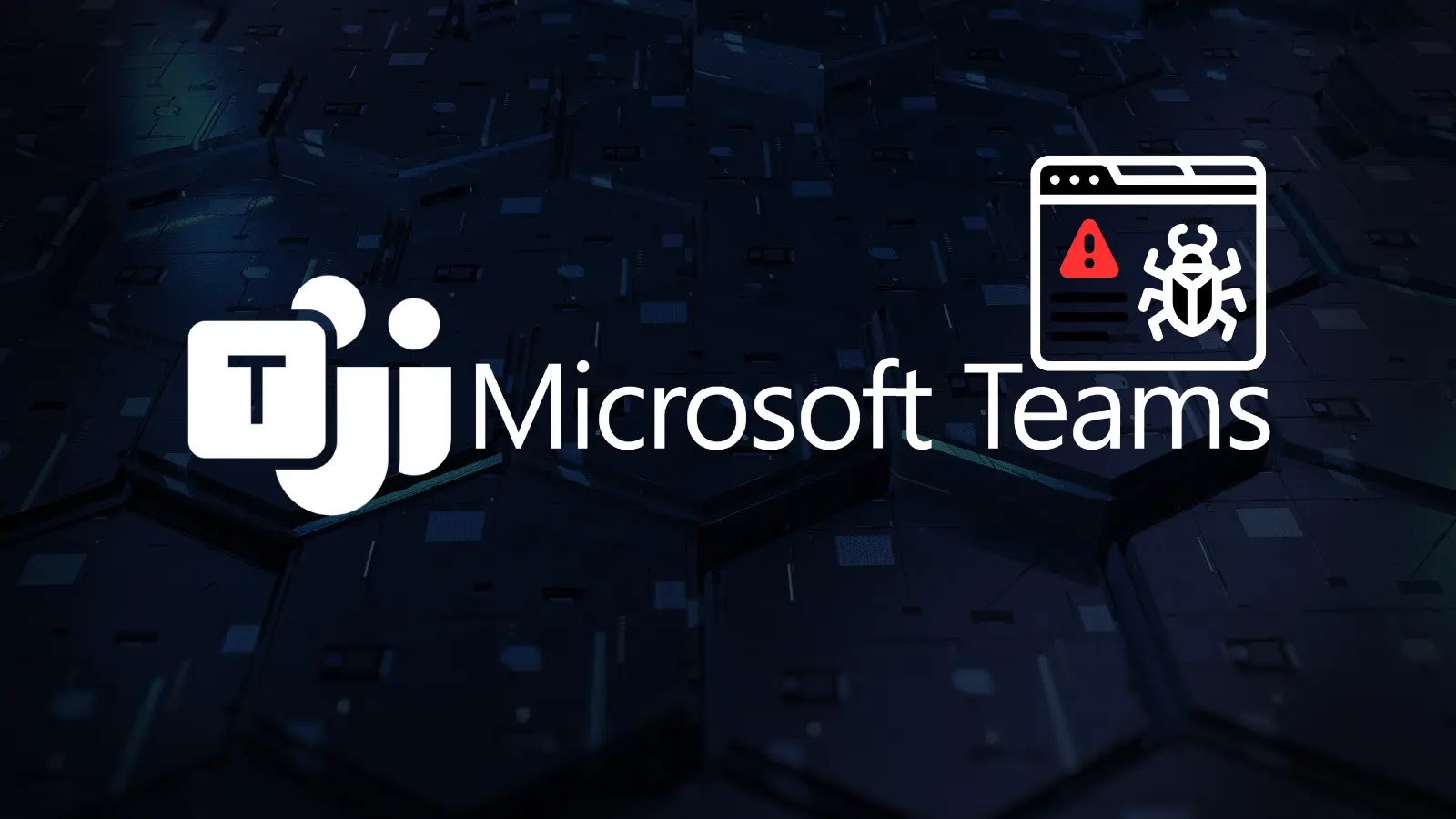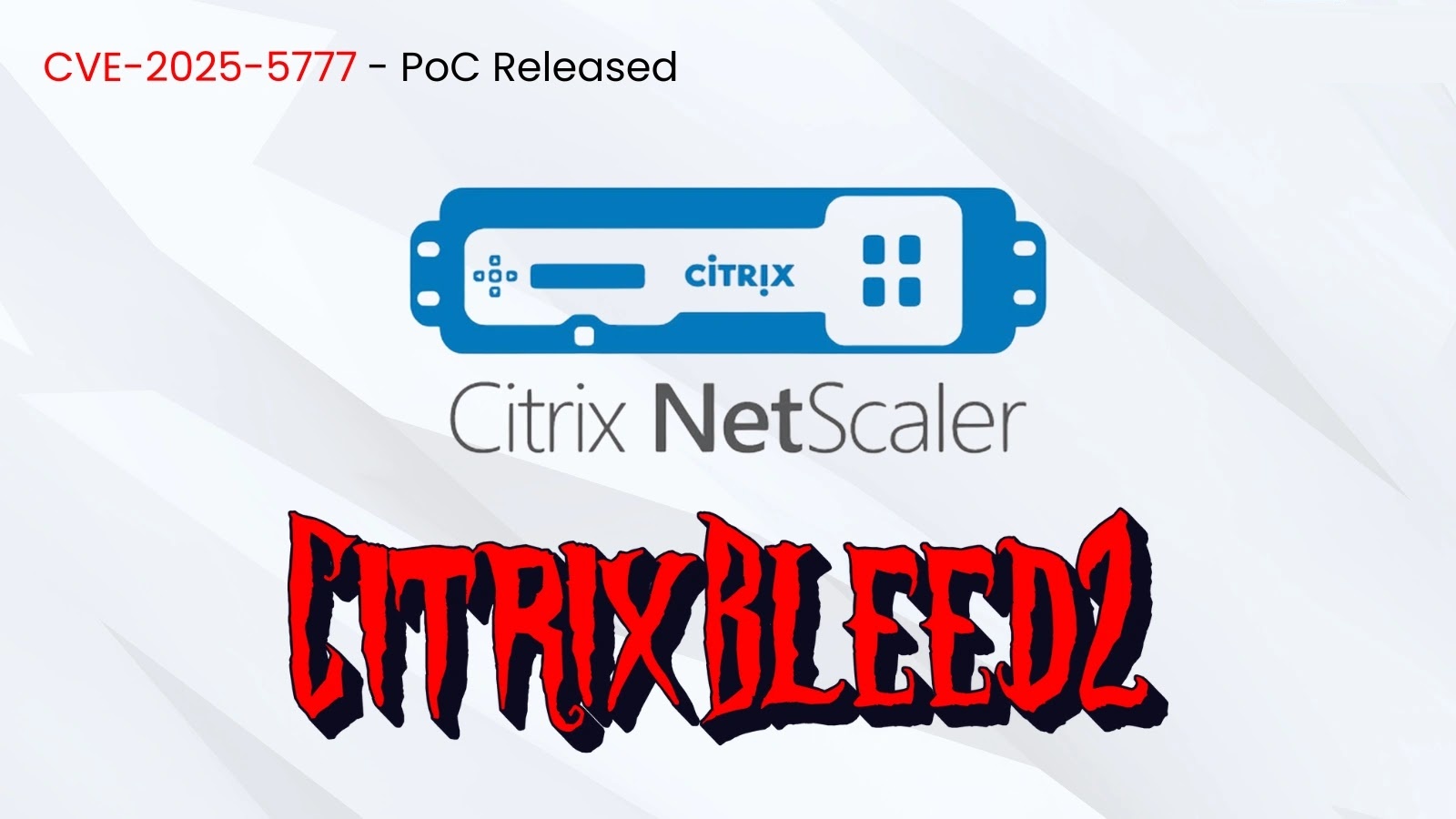In the past week, significant security vulnerabilities have been identified and addressed in widely used software platforms, notably Google Chrome and VMware products. These vulnerabilities have been actively exploited, prompting urgent updates to mitigate potential threats.
Google Chrome Zero-Day Vulnerability
Google has released an emergency security update for its Chrome browser to address a critical zero-day vulnerability, designated as CVE-2025-6558. This flaw, stemming from improper input validation in the ANGLE and GPU components, was discovered by Google’s Threat Analysis Group. The vulnerability has been actively exploited in the wild, posing significant risks to users.
The update elevates Chrome to version 138.0.7204.157/.158 for Windows and Mac, and 138.0.7204.157 for Linux. In addition to CVE-2025-6558, the update addresses two other high-severity vulnerabilities:
– CVE-2025-7656: An integer overflow in the V8 JavaScript engine.
– CVE-2025-7657: A use-after-free vulnerability in WebRTC.
Given the active exploitation of these vulnerabilities, users are strongly urged to update their browsers immediately to safeguard against potential attacks.
VMware Product Vulnerabilities
On July 15, 2025, Broadcom disclosed four significant vulnerabilities affecting various VMware products, including ESXi, Workstation, Fusion, and Tools. These flaws were identified during the Pwn2Own hacking competition and could allow attackers to escape from virtual machines and execute code on the host system.
The most critical of these vulnerabilities is:
– CVE-2025-41236: An integer-overflow vulnerability in the VMXNET3 virtual network adapter, assigned a CVSS score of 9.3.
Other notable flaws include:
– CVE-2025-41237: An integer underflow in the Virtual Machine Communication Interface (VMCI).
– CVE-2025-41238: A heap overflow in the PVSCSI controller.
VMware has released patches to address these vulnerabilities. Administrators are advised to apply these updates promptly to prevent potential exploitation.
Node.js Security Updates
The Node.js project has issued security updates to address two high-severity vulnerabilities affecting versions 20.x, 22.x, and 24.x.
– CVE-2025-27210: A path traversal vulnerability affecting Windows-based applications. Attackers can exploit this flaw by using reserved device names like ‘CON’ or ‘PRN’ to bypass path protection mechanisms.
– CVE-2025-27209: A Hash Denial of Service (HashDoS) vulnerability in the V8 engine.
Developers are encouraged to update their Node.js environments to mitigate these risks.
Oracle’s July Critical Patch Update
Oracle has released its quarterly Critical Patch Update for July 2025, addressing 309 vulnerabilities across its product suite. Of these, 127 can be exploited remotely without requiring user credentials. The update includes patches for nine critical-severity flaws affecting key products such as Oracle Database Server, MySQL, Java SE, and Fusion Middleware. Given the high number of severe and remotely exploitable bugs, Oracle strongly recommends that customers apply these security patches without delay.
FortiWeb Exploit and Microsoft Teams Abuse
In addition to the above vulnerabilities, recent reports have highlighted:
– FortiWeb Exploit: Attackers have been exploiting vulnerabilities in FortiWeb, a web application firewall, to gain unauthorized access and deploy malicious payloads.
– Microsoft Teams Abuse: Cybercriminals are increasingly abusing Microsoft Teams to deliver phishing links and malware, leveraging the platform’s widespread use in corporate environments.
Recommendations
Given the active exploitation of these vulnerabilities, it is imperative for organizations and individual users to:
1. Update Software Promptly: Ensure that all software, including browsers, virtualization tools, and development environments, are updated to the latest versions to incorporate security patches.
2. Monitor for Unusual Activity: Implement monitoring tools to detect and respond to suspicious activities promptly.
3. Educate Users: Conduct regular training sessions to inform users about potential threats, such as phishing attacks, and best practices for maintaining security.
4. Implement Multi-Factor Authentication (MFA): Enhance security by requiring multiple forms of verification before granting access to systems and data.
Staying vigilant and proactive in applying security updates and best practices is crucial in mitigating the risks associated with these vulnerabilities.



